What is 3d visualization / CGI (Computer Generated Imagery)
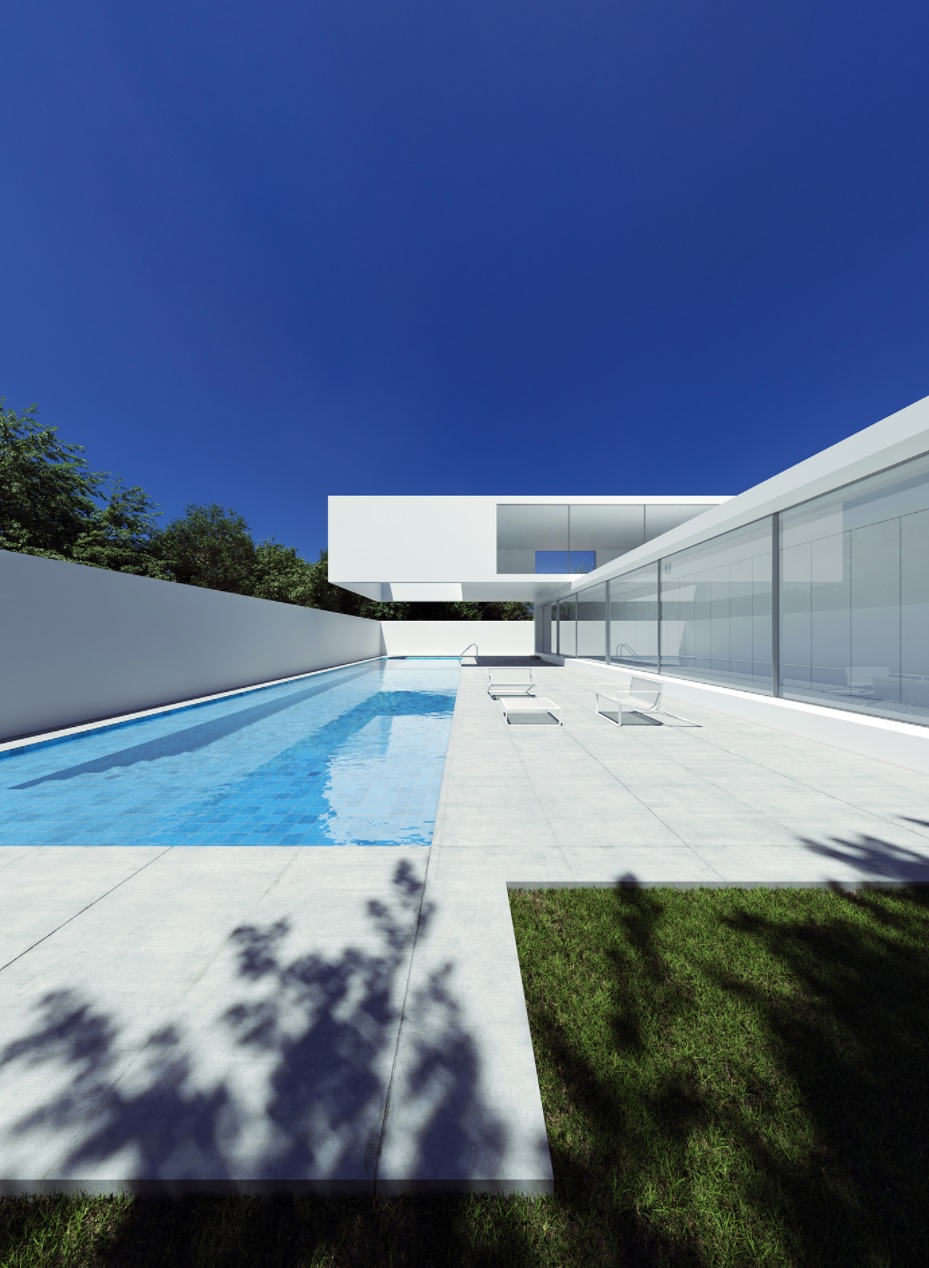
Definition of 3d visualization
3D Visualization is creating an image with computer softwares
A quick list of the process
Modeling
Texturing and shading
Lighting
Rendering
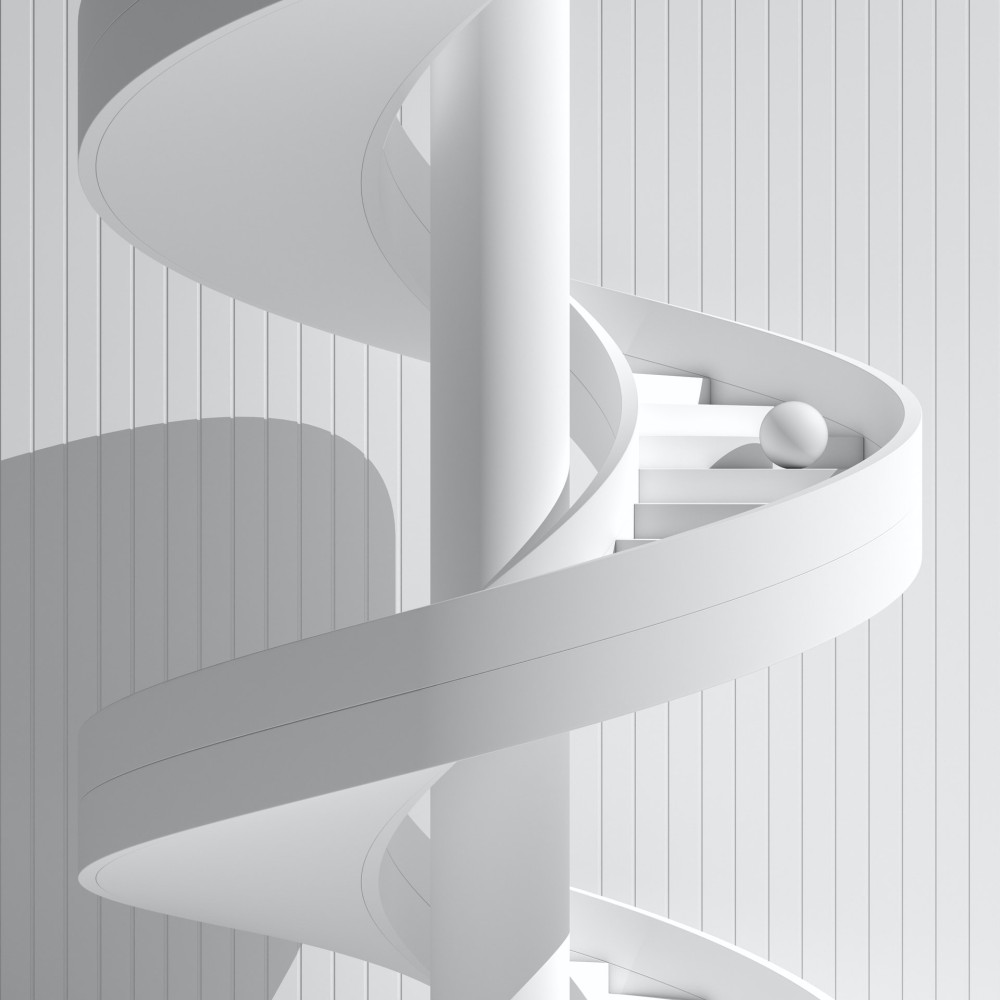 <Modeling>
<Modeling>
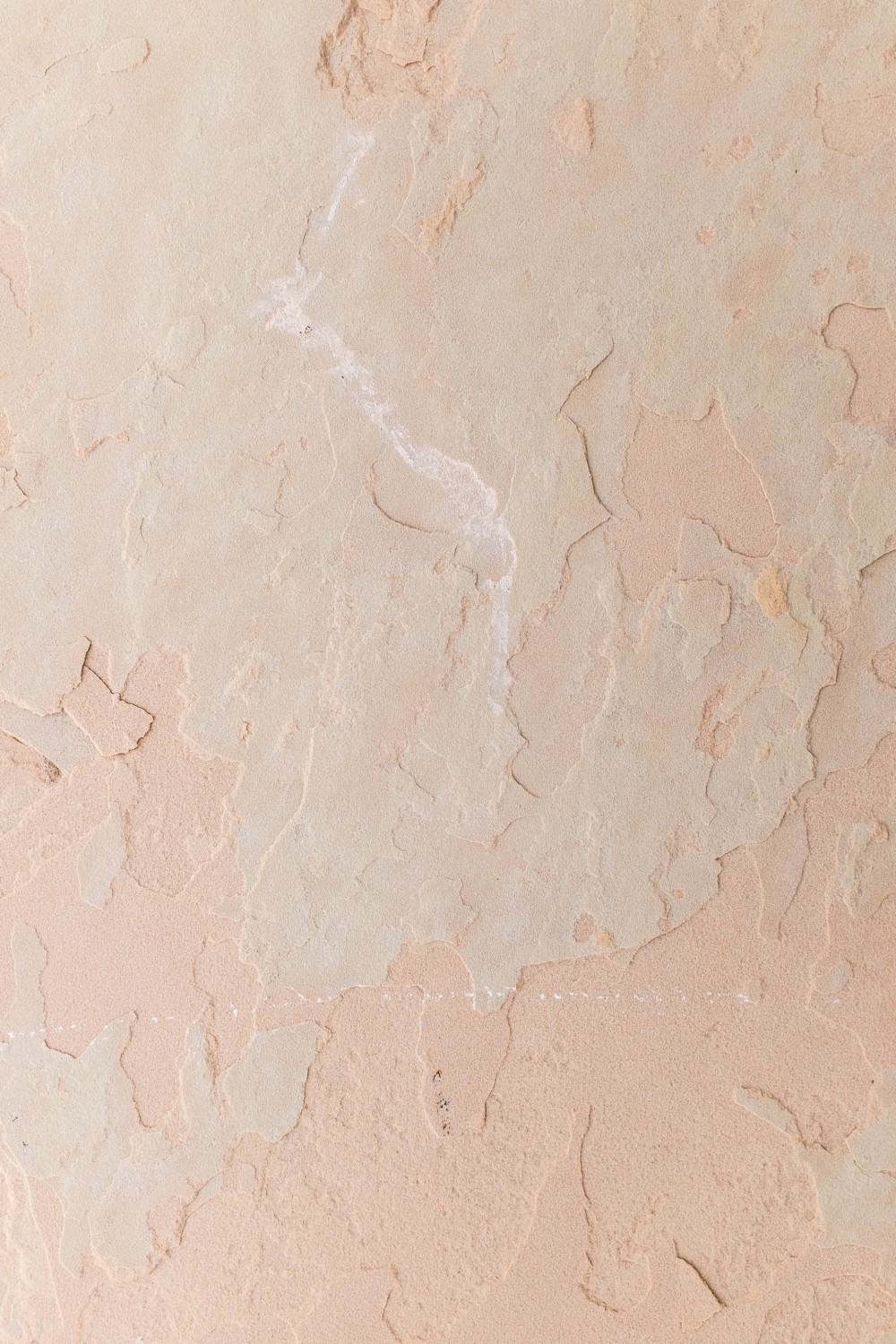 <Texture>
<Texture>
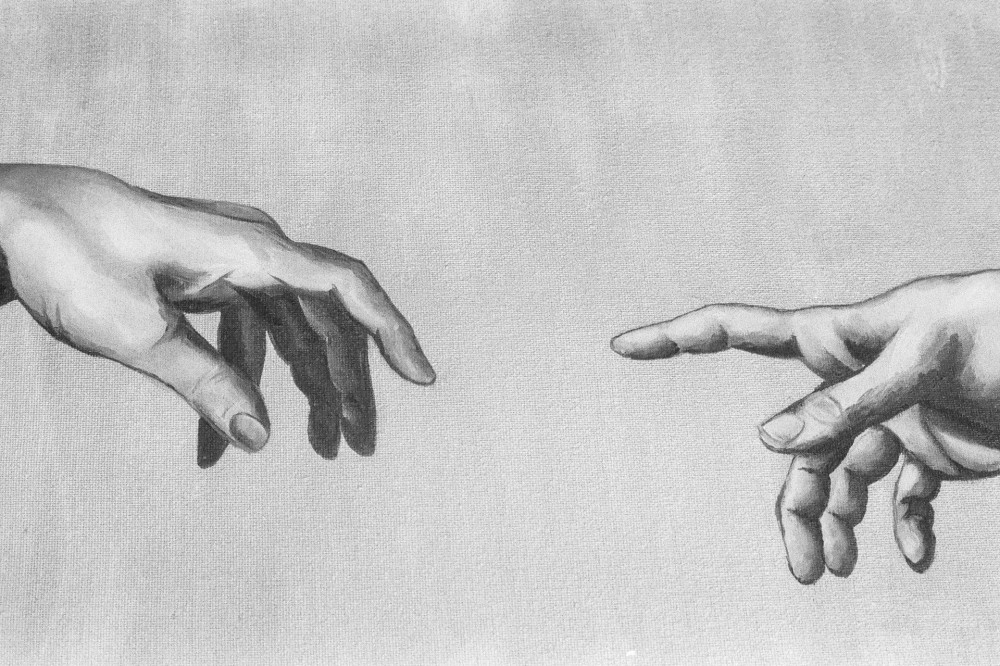 <Shading>
<Shading>
 <Lighting>
<Lighting>
Different types of 3D renders
Birds Eye view
Exterior render
Streetscape
Interior render
Walk-through animation
Product render
Commercial render
Augmented reality
Virtual reality
Birds Eye view
Exterior render
Streetscape
Interior render
Walk-through animation
Product render
Commercial render
Augmented reality
Virtual reality

<Birds Eye view render by Gerald DesRochers>
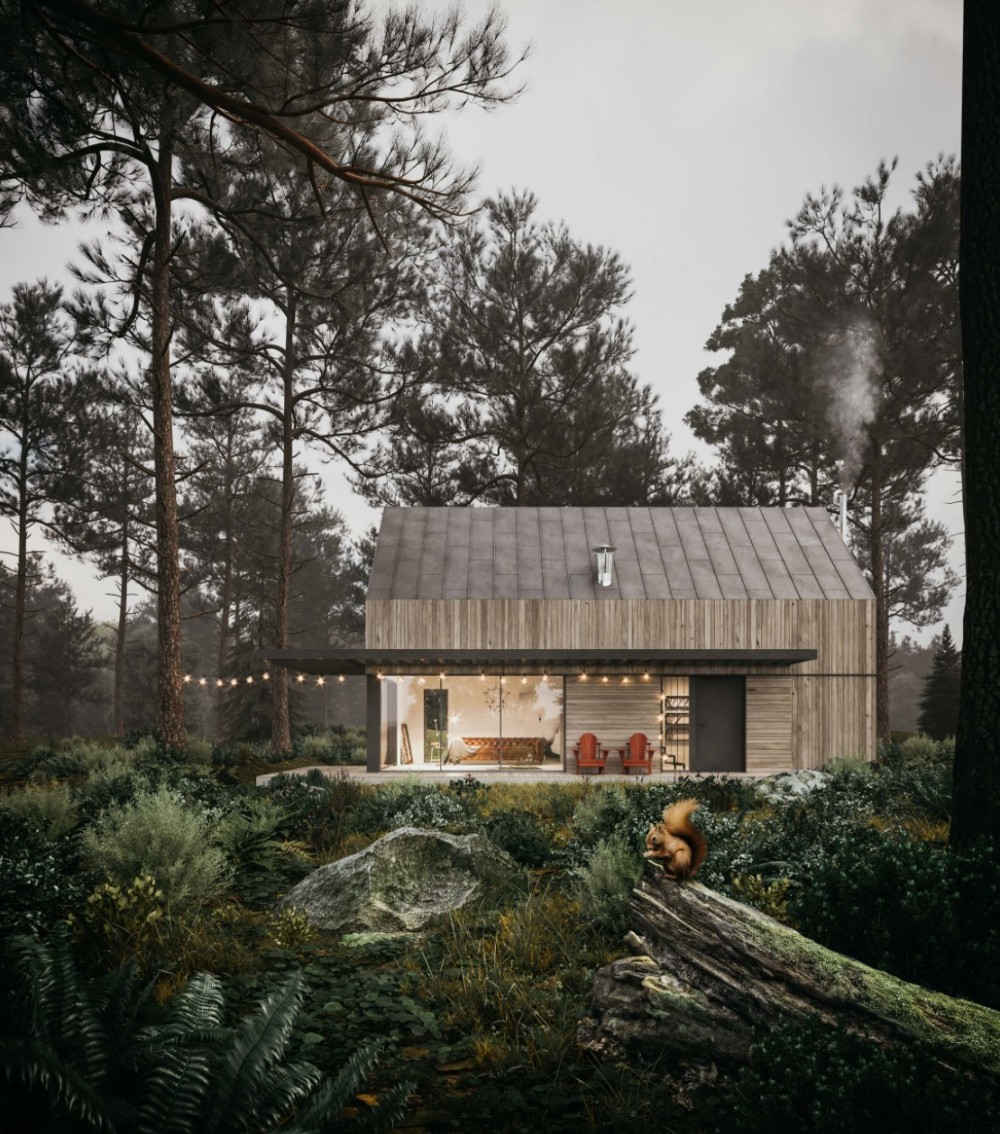
<Exterior render by Bartosz Palus>
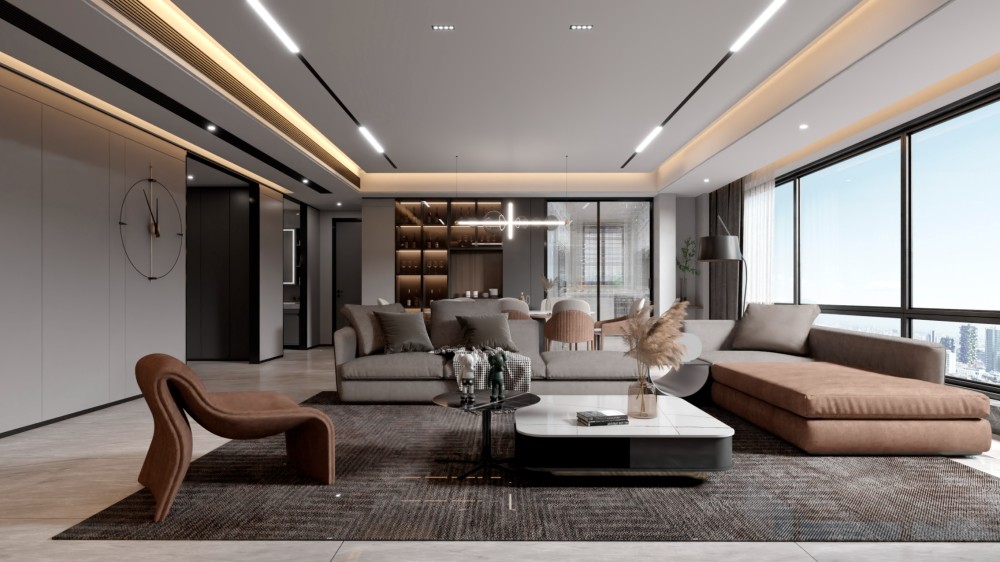
<Interior render by JVA-Architectural Visualization>
When nothing becomes something
3D rendering requires lots of fine details. Since images are created from basically nothing, there are limitless possibilities as to what can be rendered. Imagine drawing on a blank piece of paper, illustrating dimensions, angles, using all the colors you desire, adjusting the brightness etc. That is the same idea behind the 3D softwares we use.
3D artists consider what kind of look they want to draw, try different angles and perspectives, how much light they want to bring into the images, if geometries have enough soft edges, how much darkness on the shadow will look more realistic, etc.
Photorealism
3D artists observe every object that exists in real life. They study it to generate scenes in the 3dimentional space. You can also consider that 3D artists are creating photos through CG (Computer Graphic) instead of physical cameras.

When you look at a window; there are mullions, glass, silicon seals and different hardwares. But there is a lot more to it.
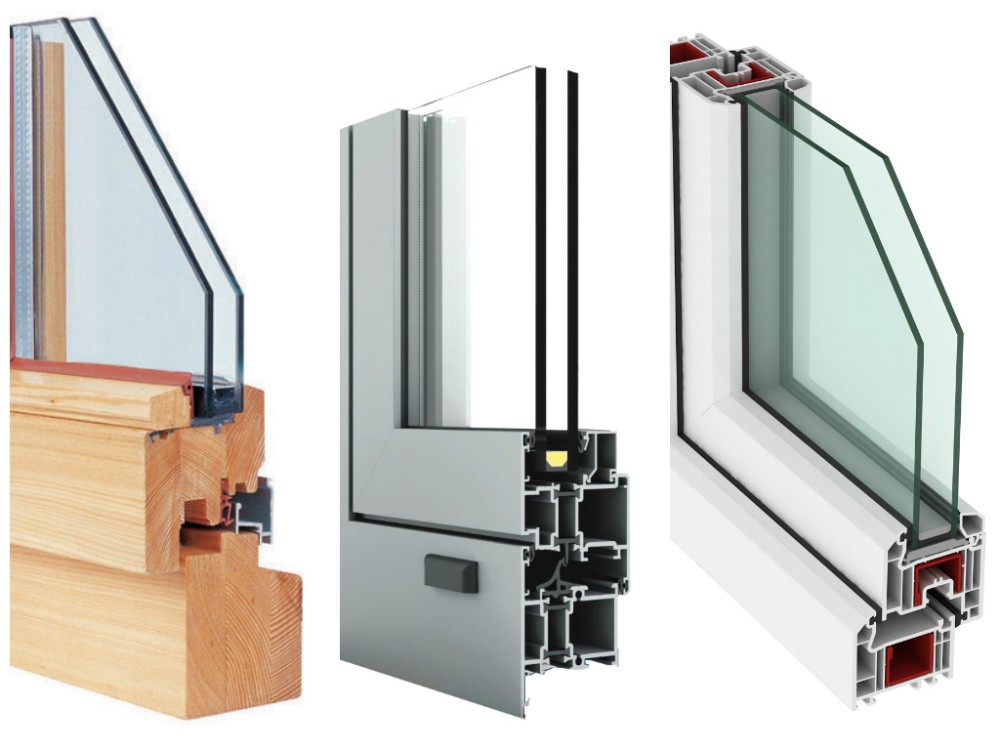
Most of the time, mullions are made of aluminum, wood or plastics.
Let’s say we would like to describe aluminum mullions with a brushed finish. The brushed surface could also be shown with different reflection, glossiness and intensity levels. Some painted brushed aluminums could look less reflective and more glossy, the painted surface could also show some color changes in different lighting and angles.
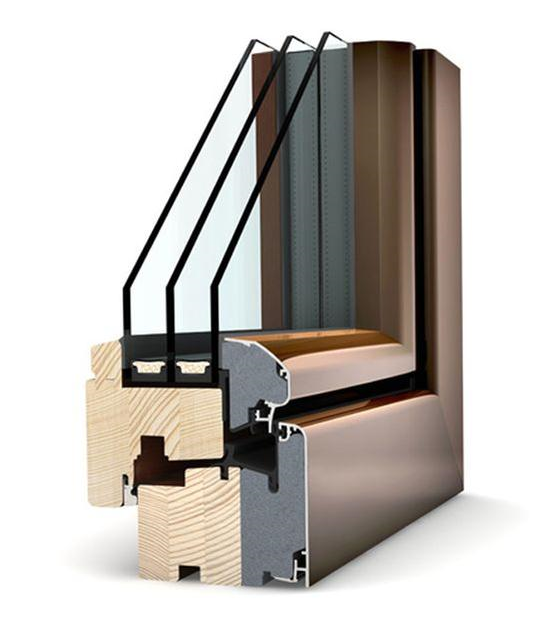
The mullion looks like a square in the distance, but when you look closer, it has smoother edges and it won’t cut your finger. The smoothed edge may cause another look of reflection and shadow.
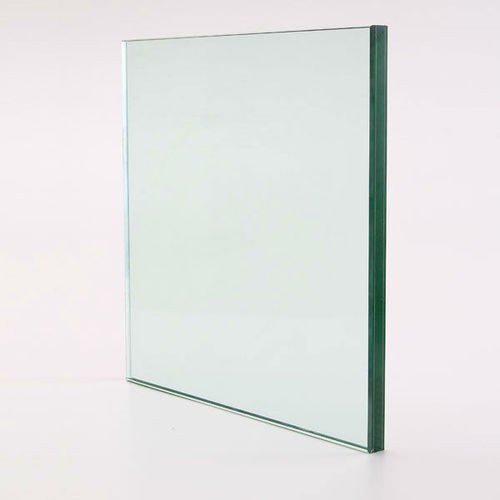
For the glass; it looks like a flat surface containing no color. When you take time to observe more closely, you will notice the glass is a bit distorted. The reflection on the glass is not 100% identical with what you are seeing. Also, many glass types have a very small amount of color and tint in it but they exist. For example, it could be a minor tint with some dark gray and if you look at a glass’ edge from the side, it may show some green depth.
Every object in our life is something 3D artists have to study in order to make images more realistic.
Where to use 3D renders
You can render anything you can imagine. It is much easier to describe the design to the audience.
Showing an image for 1 sec is much more cost effective and straightforward than explaining it verbally for 30 mins. Most design related projects are using CGI(Computer Generated Imagery) during the design stage, presentation, and for marketing purposes.

During the design stage, designers get blueprints and build them in 3D to see how it looks in three dimensions. The project may be shown differently than what designers expected. Spaces could be much tighter, furniture could be bigger than anticipated, architectural details may not fit in the environment, etc.There are also many material samples available, with 3D, you can apply each of them and see how it looks. Designers can easily try different material packages as well.

During the presentation phase, once the team has work they are proud of and confident to show to the clients and investors, 3D rendering will help amaze them and catch their interest quickly, they will have a better understanding of the project by being able to visualize it concretely. It often results in a quicker approval.

During the marketing phase, your project is approved and being constructed. Your project needs to spread in the public eye. There are many different styles and look of images you can render and publish online. Even though your team has created such beautiful buildings and interiors, if it doesn’t deliver well to potential buyers, the project won’t shine enough. 3D rendering will be one of the most essential keystones to use so you can finalize your project successfully.
What industries or projects are using 3D renders?
Architecture/interior design and Marketing
Architectural competition
Computer graphic, special effect movies
Medical technology introduction
furniture/product prototype and marketing
Construction/ Engineering
Augmented Reality / Virtual Reality
TV commercial
Upside down interior design TV shows
Patent application
Machinery design
3D printing
Video Games
Architecture/interior design and Marketing
Architectural competition
Computer graphic, special effect movies
Medical technology introduction
furniture/product prototype and marketing
Construction/ Engineering
Augmented Reality / Virtual Reality
TV commercial
Upside down interior design TV shows
Patent application
Machinery design
3D printing
Video Games
Main image by Pedro Gomes Ferreira
Visit PEDRO GOMES FERREIRA

